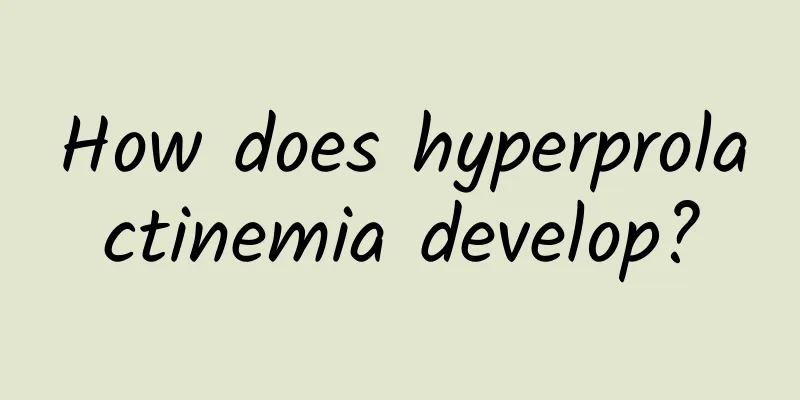Introduction to threatened abortion

|
In the early stages of pregnancy, every expectant mother is more worried about threatened abortion. This worry is understandable. There are many clinical causes of threatened abortion. In order to prevent threatened abortion, expectant mothers must pay attention to observe their physical condition, develop regular living habits, and try to avoid excessive fear, sadness, anger, etc. Below I will give you some relevant introduction to threatened abortion. Threatened abortion refers to a small amount of vaginal bleeding before 28 weeks of pregnancy, followed by paroxysmal lower abdominal pain or back pain. Pelvic examination shows that the cervix is not dilated, the fetal membranes are intact, no pregnancy products are discharged, and the size of the uterus is consistent with the gestational age. If the symptoms worsen, it may develop into inevitable abortion. Pregnancy that ends before 28 weeks is called abortion. If it ends naturally before 12 weeks of pregnancy, it is called early abortion, and if it ends naturally between 13 and 27 weeks of pregnancy, it is called late abortion. According to statistics from different regions, different classes and different ages, the incidence of spontaneous abortion is 15%-40%, about 75% occurs before 16 weeks of pregnancy, and the former accounts for 62% at 12 weeks of pregnancy. Abortion goes through a series of processes from the beginning to the end. According to its different stages, it can be given different diagnostic names, namely threatened abortion, inevitable abortion, incomplete abortion, complete abortion, and overdue abortion. Threatened abortion is mainly manifested by a small amount of vaginal bleeding after menopause, although the pregnancy reaction is positive, and may be accompanied by lower abdominal pain and a feeling of falling, etc. There are many reasons for threatened abortion, such as abnormal fertilized eggs, endocrine disorders, placental dysfunction, blood type incompatibility, maternal systemic diseases, excessive mental stimulation, reproductive organ malformations and inflammation, trauma, etc., all of which can lead to threatened abortion. Whether a threatened miscarriage will result in miscarriage often depends on whether the embryo is abnormal. If the embryo is normal, after rest and treatment, the cause of the miscarriage is eliminated, the bleeding stops, and the pregnancy can continue. However, most miscarriages are caused by abnormal embryos, so miscarriage will eventually occur. We all know a lot about threatened abortion. There are many factors that can cause it. The uterus is more sensitive in the first three months of pregnancy, and sometimes there is slight lower abdominal pain, but this is not threatened abortion. In this case, you should pay attention to rest and go to the hospital in time to see a doctor for diagnosis and treatment to preserve the fetus. |
<<: Various methods of detecting threatened abortion
>>: What is threatened miscarriage?
Recommend
What health damage does uterine fibroids cause?
Uterine fibroids are a common disease in women, a...
Knowing women’s hearts best: the advantages of painless abortion
Abortion is a remedial measure taken by women due...
What are the causes of adnexitis?
Female friends must be familiar with adnexitis. A...
Potassium permanganate sitz bath helps treat vaginitis
Vaginitis is a common gynecological disease. Some...
What causes chocolate cysts?
Under normal circumstances, the endometrium of a ...
What tests should be done before artificial abortion
What tests should be done before artificial abort...
Patients with cervical erosion should pay attention to some specific matters after surgery
Nowadays, some women will have cervical erosion, ...
Several factors causing uterine fibroids
Uterine fibroids are common in middle-aged women....
How to Treat Multiple Ovarian Cysts
How are multiple ovarian cysts treated? Multiple ...
What causes dark menstrual period? How should I adjust my diet?
Under normal circumstances, the color of menstrua...
Girls are crazy about "cream coffee wine" and nutritionists say it's full of calories
At the year-end party or the reunion party during...
Which is better, surgical abortion or medical abortion?
No matter what method of abortion is used, the pu...
Can I eat rice dumplings after medical abortion? What should I eat after medical abortion?
When a woman chooses to have a medical abortion, ...
Populations prone to endometrial tuberculosis
Who are the most susceptible to endometrial tuber...
Specific symptoms of ectopic pregnancy in women
Most pregnant women will experience ectopic pregn...









